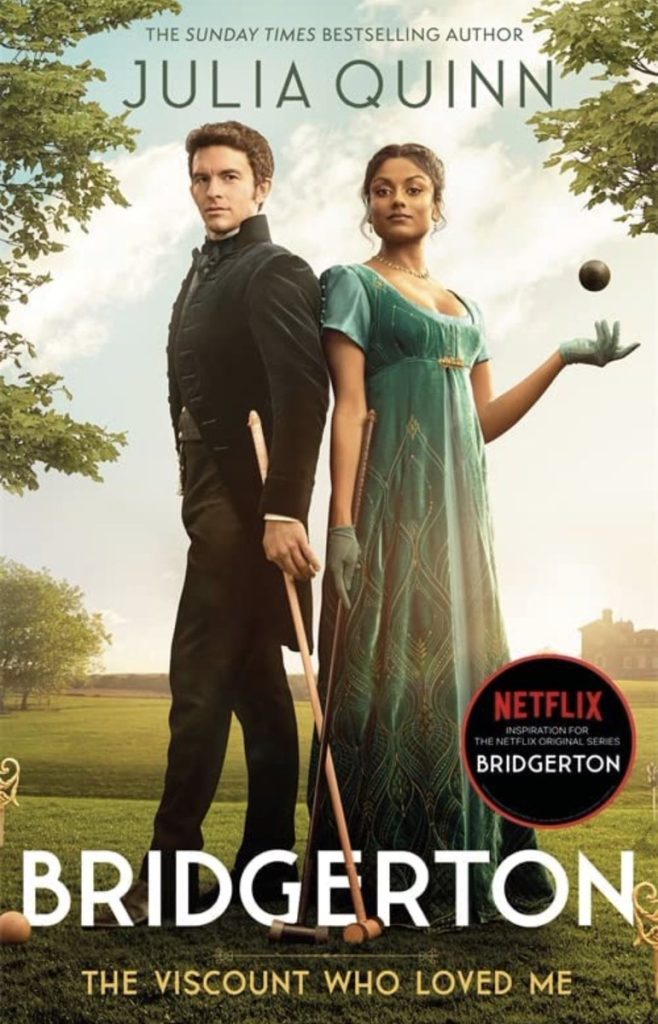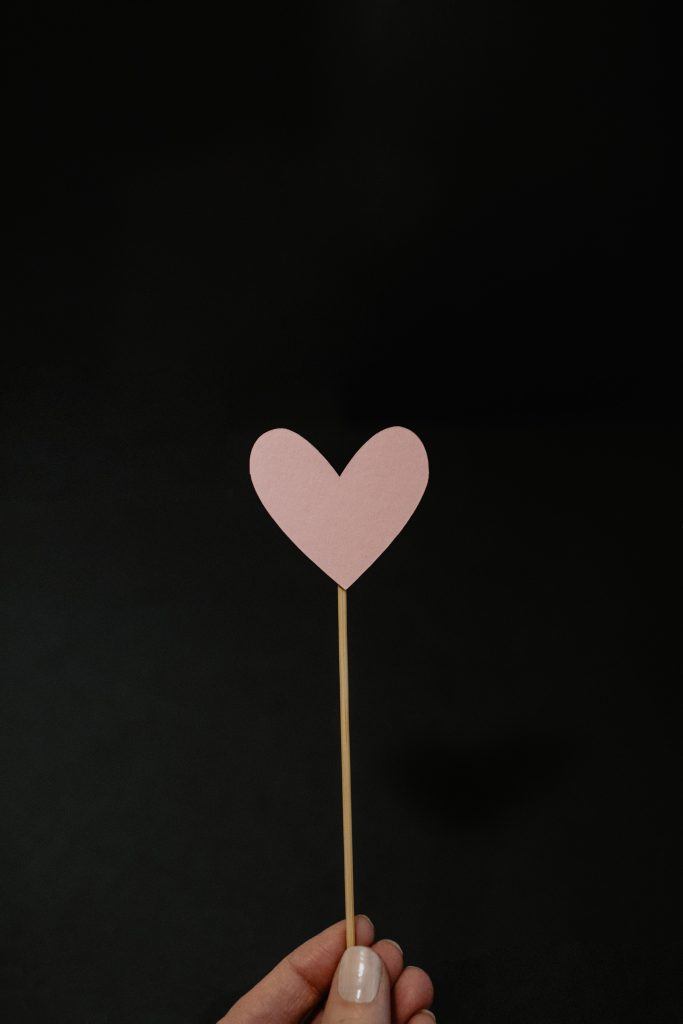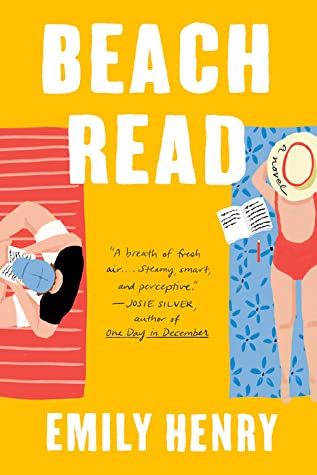On April 12, join us for Lady Whistledown Presents: A Bridgerton Soirée for an evening of decadence and discussion as we take on the Ton of London’s high society! For ages 18+.
When Brigderton first premiered on Christmas Day of 2020, it wasn’t long before streaming numbers exploded and the historical romance was crowned the most-streamed show in Netflix history. Despite the period setting, it always had the makings of a hit: a Shondaland production, a Jane Austen-meets-Gossip Girl (with an R rating) plot, gorgeous costumes, and an even more gorgeous cast. Throw in the fact that we were all still locked in our homes and needing some form of breezy distraction, and voila! The show has since been bumped from the top spot by Squid Game, but let’s see where season two lands. If you’re like me, you’ve probably devoured season two of Bridgerton by now—perhaps more than once.
Season two of the show is based on The Viscount Who Loved Me, book two in the Bridgerton book series by Julia Quinn. I confess that I myself have never read the books, so I can’t speak to the show’s faithfulness—but what I can speak to is the pivot to a more traditional Regency style: season two trades the graphic love scenes for simmering tension, barbed snipes, and charged glances. And honestly, the show is all the better for it. Our mains this season are Viscount Anthony Bridgerton, eldest of the siblings, and Miss Kate Sharma, who comes to England from India in order to find a match for her younger sister. It’s the enemies-to-lovers story we’ve been waiting for! Anyone who was despairing over the lack of season one’s Duke, do not fear: these two more than make up for the loss.
I’ve long been a fan of period dramas, and I’ve seen just about every Jane Austen adaption to date (you better believe I’m already hyped for the upcoming Persuasion movie starring Dakota Johnson). And I’m certainly not alone! Regency is the most popular subgenre of romance fiction; next time you’re at the library, just take note of how many paperbacks feature dukes and women in period-inappropriate dresses. It’s a lot! But what makes this extremely niche time period so alluring, 200 years later? The Regency period was, quite literally, only nine years in English history (1811-1820). Nine! So what gives?
Continue reading

 I had a discussion with a friend recently about what makes someone associate a movie with a
I had a discussion with a friend recently about what makes someone associate a movie with a